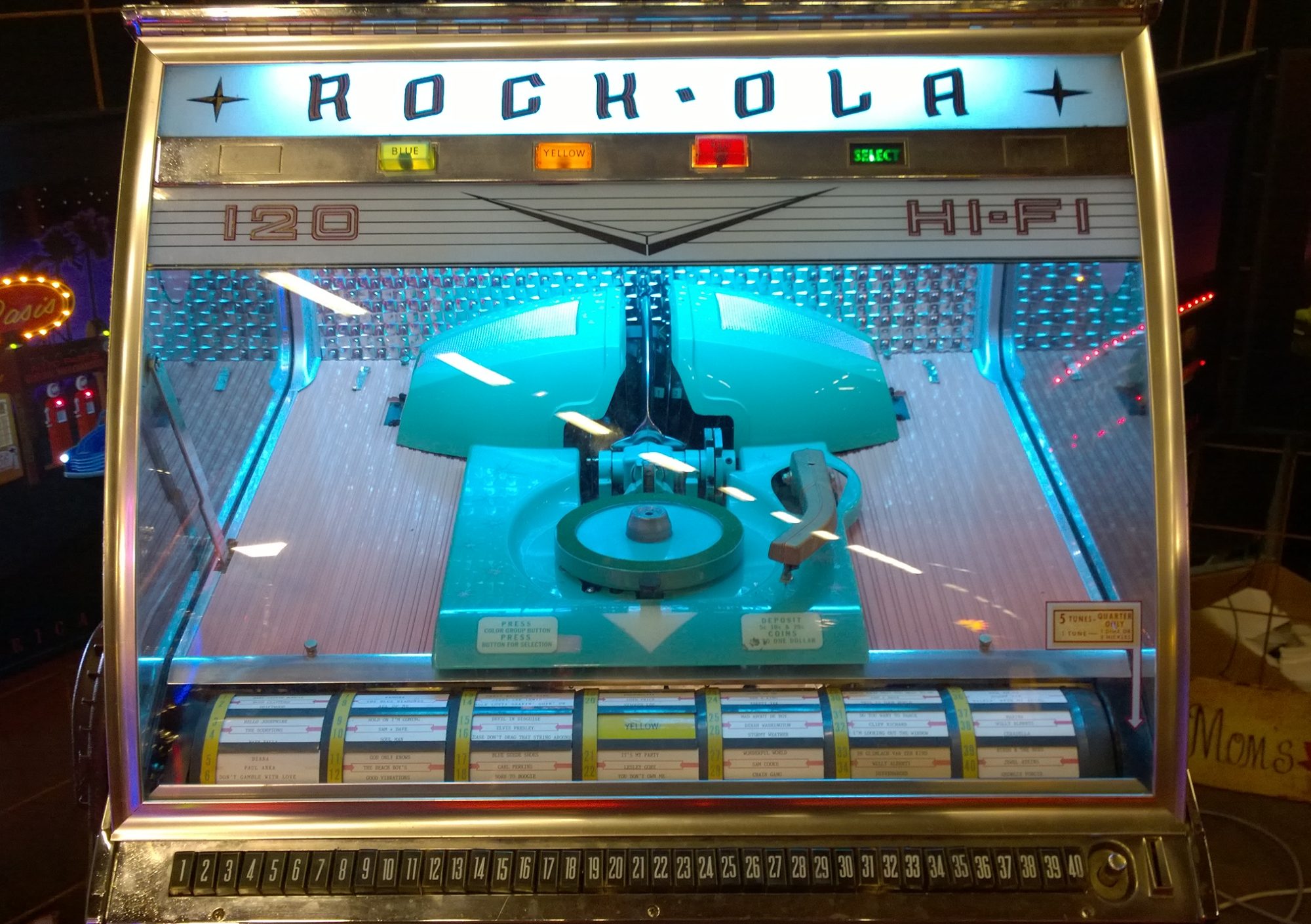Cosmetic blogs are often an unmatched source of tips and tricks and they really help narrowing the target when looking for new make up products. Honestly, if you are looking for new color items, checking out reviews by fellow beauty lovers is a step you really should not miss; with skincare however, you can almost always skip it.
It is no secret that beauty scene as a whole suffers from a big “luxury brand” fixation: fashion, trend and brand are so deeply intertwined the relationship between them would easily fill out a book on their own, if it hasn’t already. And there is nothing wrong with that per se as long as we stick to the beautifying / adornment aspect because it is all subjective and subject to… well… trends. And truth be told, luxury brand make up is good: colours are pretty and trendy, packaging is chic and usually friendly to use and they do stay put.
Short vs Long-term Effects
Skincare is not subjective: the science behind skin aging process and how to counter it is solid and straightforward. Because of the long-term nature of the aging process, any effect skincare products have is often hard to notice on day to day basis. For human mind – the buyer’s mind – this is not an easy aspect to process, we are naturally wired to respond to immediate effects, something we can put our fingers on.
This is how luxury brands bait their hooks: like with a beautiful pair of shoes or flawless-looking lipstick, their skincare products focus on short term effects. While not to total exclusion of beneficial aspects, the main focus when designing a new luxury product is how it makes us feel immediately, all other aspects are secondary and will always cave in to how the product presents itself. This is vital for understanding why luxury brands often jeopardize the effectiveness of their gold-per-ounce beautifying commodities.
The box
Beautiful package is the first impression a luxury product gives and polished look and functionality often work in their favor. The packaging of top-shelf make-up not only looks good (and stays that way), it is also easy to use and, let us not shy away from admitting it, can give a kick of self-worth (look at my Dior lipstick!).
But focus on beautiful packaging does not always work in favor of most skincare products!
- glass jars vs volatile ingredients
Most active ingredients that have the real impact on skin are volatile: they evaporate, oxidate and are sensitive to light; antioxidants, for example, which are meant to protect skin from free radicals, should be kept away from light, heat and air. At the same time, the image of a luxurious cream kept in beautiful glass jar still prevails which means that every time a lid is taken off and luxurious, expensive product applies, the remainder becomes less and less effective to actually combat any signs of aging, to a point where it provides no beneficial effects apart from moisturizing the skin!
While luxury skincare products have their price vindicated by brand name alone, the high production costs of the in fact harmful packages is something not many are aware of: the actual cost of the product is never higher the the sole cost of the box and when it comes to luxury brands, it is much lover. If you do the math, the luxury cream will cost roughly the same a drugstore cream does if you take the package away. Fancy lids are the biggest offenders here as the can be only screwed on by hand. - fragrance, colour and texture
Texture, colour and smell of a product usually come in second and make an immediate impression on us. Judging by how big a focus a lot of beauty bloggers put on those aspects in their reviews, the sensory effects are of huge importance here. This again is a problem because skincare product does not need a pleasant smell or beautiful hue to be effective, in contrary, colorants and fragrances are known skin irritants and can have a drying effect.
Unscented, uncolored products – the ones that smell a bit like a pharmacy – are the safest and most beneficial and least harmful. - marketing ingredients
Luxury brands often market their products with rare, exotic ingredients: black orchid, pearls, gold flakes… Crushing majority of them have absolutely no proven positive effect on skin, some in fact can be harmful (irritating or drying). Not that this would matter much since more often then not the end product contains minuscule amounts of the “marketing ingredient”, only high enough for the manufacturer to get away with using it for advertising. What really matters for skin care are the active ingredients, most of which are relatively cheap to obtain thus present in most products, also the drugstore ones and hence not really marketable.
In other words, luxury brands focus on immediate, short-term impressions often at the cost of long-term effects, which is very counter-productive when it comes to skincare.
While their make-up products are also usually not as superior to their cheaper counterparts as the price tag might suggest, the luxurious aspects might sometimes be viewed as a redeeming, desired feature: if the colour cosmetic works for you and you’re happy with it, go ahead and enjoy it (at that price, they almost never contain anything harmful).
But is you are a luxury brand junkie, do give your skincare products a second look.

